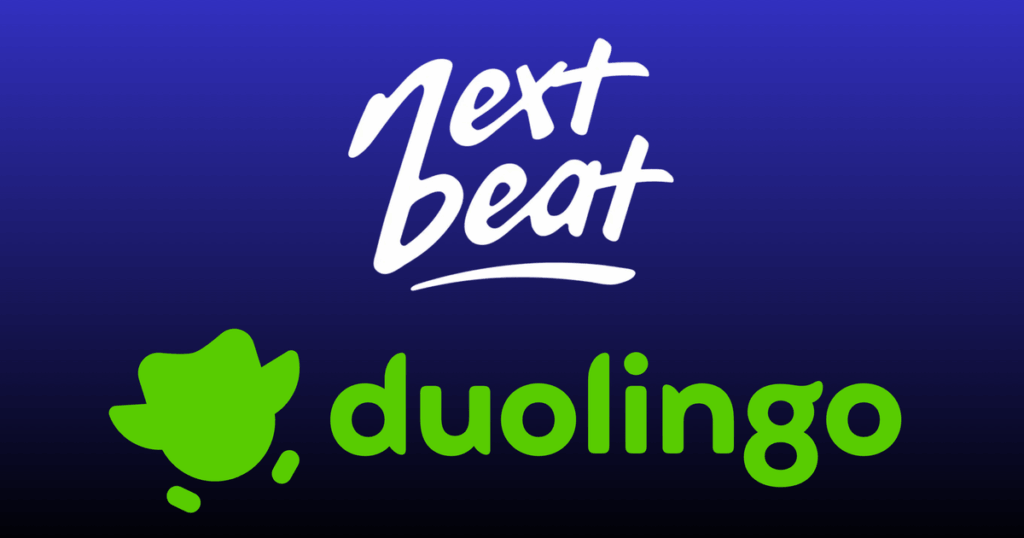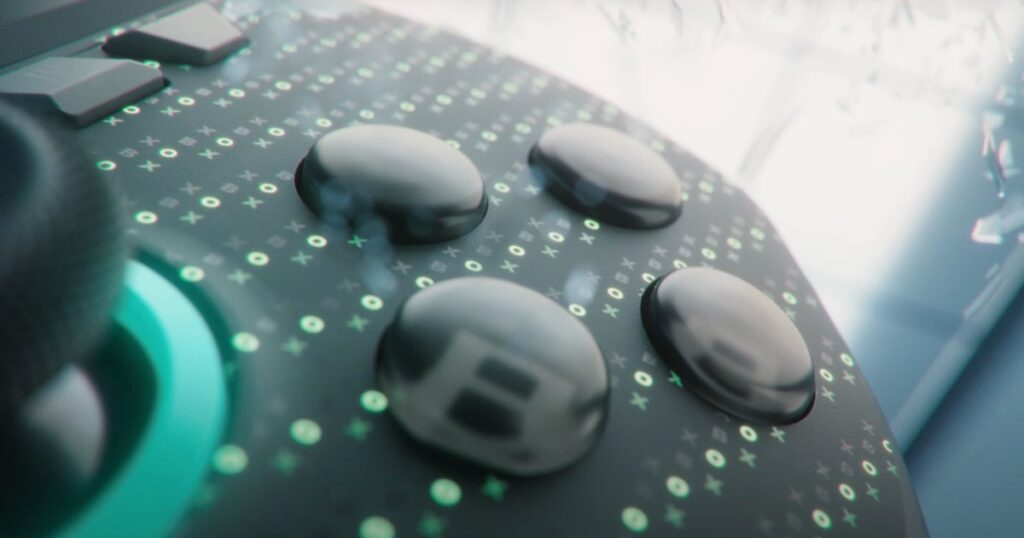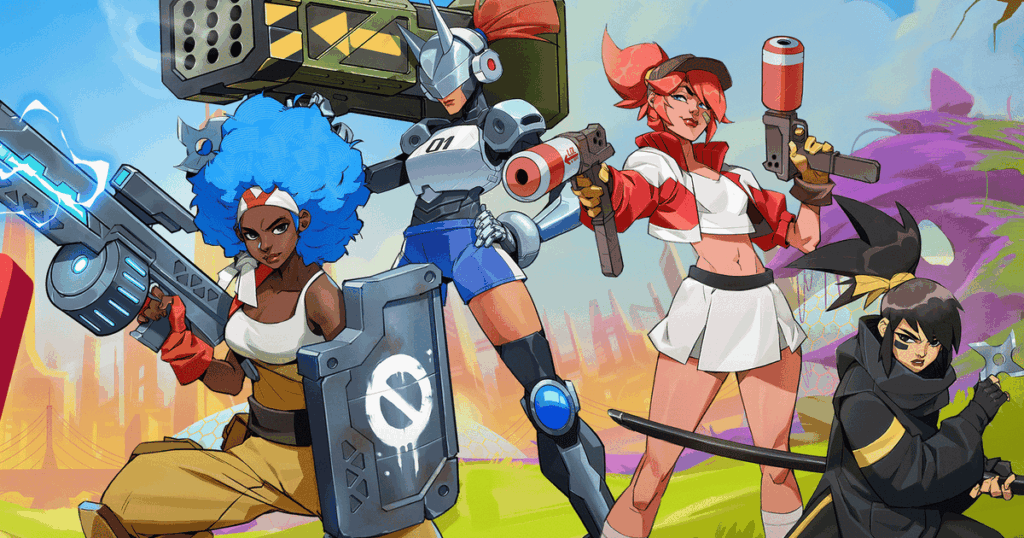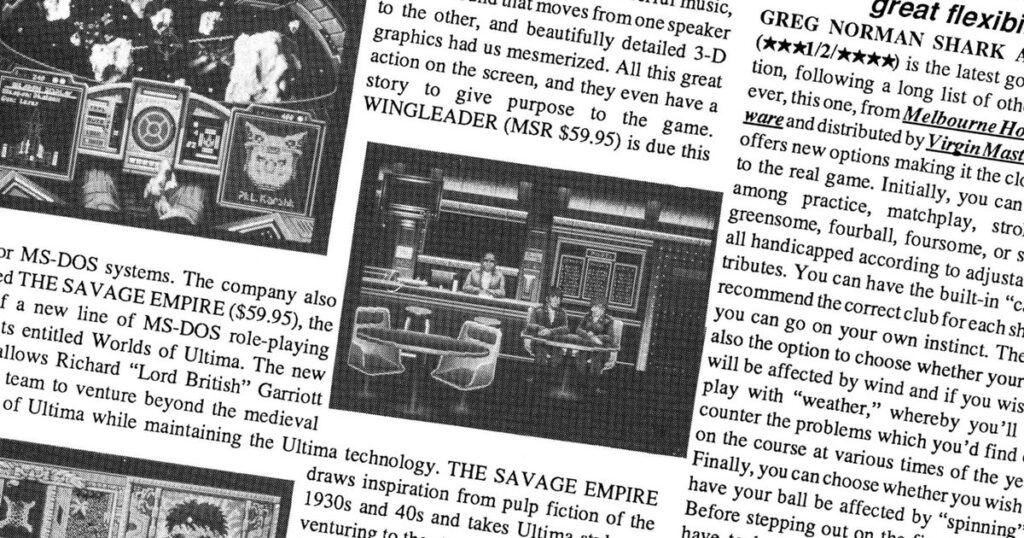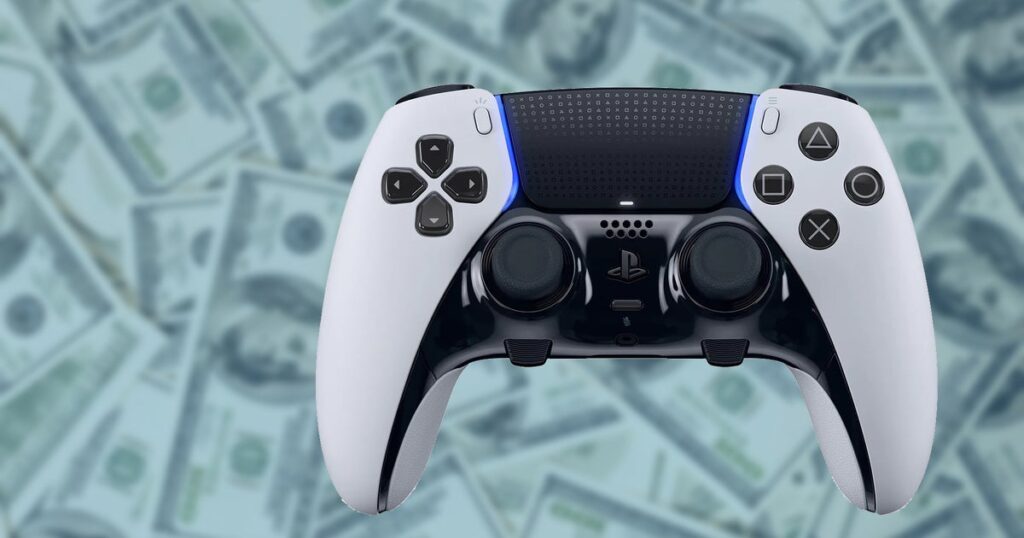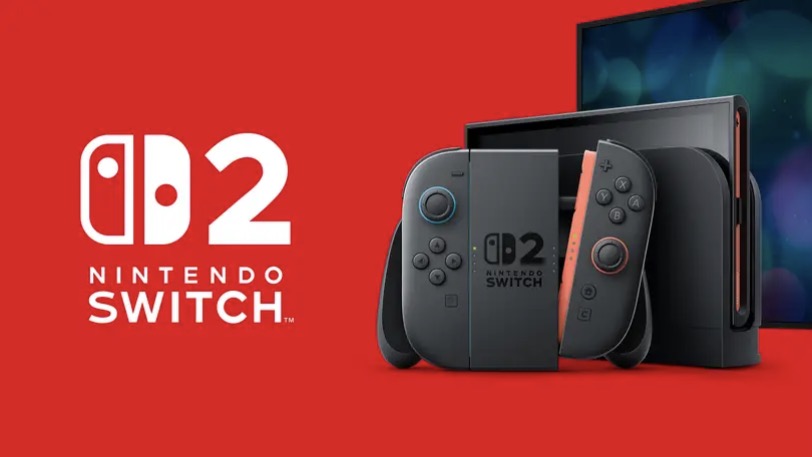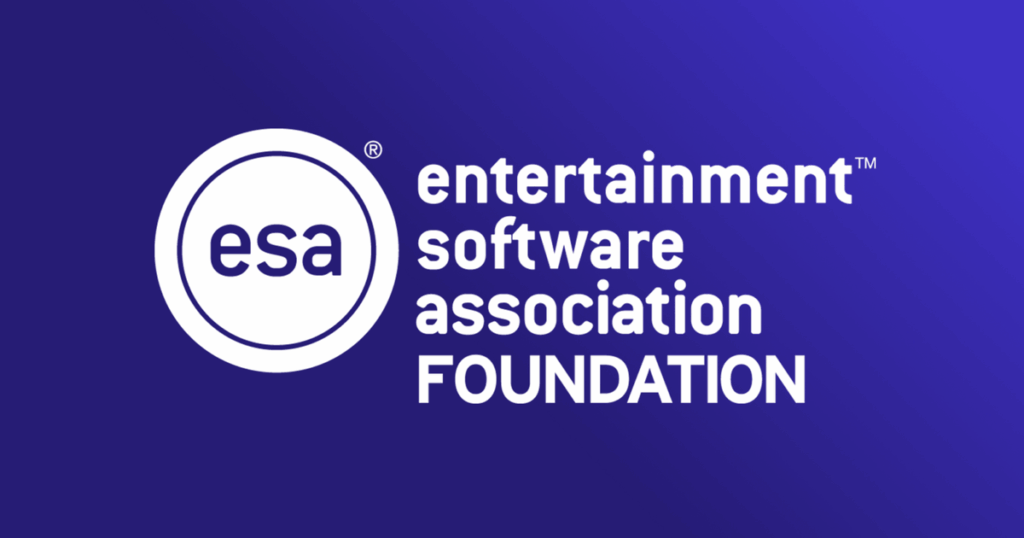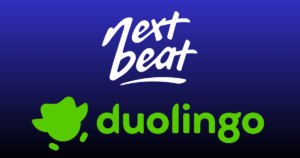In late July, Microsoft announced that the upcoming Outer Worlds 2 would be priced at $69.99 in order to keep “full priced holiday releases in line with current conditions.” That alone would not be noteworthy – except that it was a reversal of a decision to sell the title for $80, a price announced in June.
The initial pricing decision followed a backlash from consumers and, notably, the developer community.
While the game’s director was more diplomatic, stating that “for the reasons why the $79.99 price point, you’d have to honestly talk to the Xbox folks”, others were more vitriolic.
The reason? The price increase was widely seen as a canary in a coalmine for more widespread price increases for individual games – particularly those triple-A titles.
When Nintendo announced that Mario Kart World would be priced at $79.99, which the company argued was commensurate with its value, many consumers and commentators saw this as a potential on-ramp for other publishers to follow suit in raising the price of their games.
So when Microsoft and prominent industry figures including Gearbox head Randy Pitchford made announcements and claims that seemed to support that fear, consumers were concerned.
The conversation coincided with wider industry discussions around Game Pass, which Arkane’s founder Raphaël Colantonio claimed in early July to be an unsustainable model that was “damaging the industry.”
The crux of that argument is that having games on Game Pass damages lifetime sales of individual games, which is particularly harmful for smaller titles and developers.
At the same time, the hit Clair Obscur: Expedition 33 – which its own developer Sandfall Interactive noted was an indie title – raised eyebrows with its relatively budget price, leading to further discussions about relative value of a game versus pricing.
So amid the discussions about the raised price ceiling of premium games, how are mid- and budget-tier publishers setting their own game prices in response?
Price sensitivity
The issue of game pricing has been brought into starker focus with a dip in overall sales this year.
Chris Bergman is CEO and founder of Gylee Games. Its beat-em-up title Ra Ra Boom, set to come out this month, was initially priced at $24.99. However, he explains that due to a number of factors including market conditions, the team ultimately decided to drop the price to $19.99.
“There’s 100,000 people in the world that would make the decision of not buying something at $24.99 that they would buy at $19.99”
Chris Bergman, Gylee Games CEO and founder
He says: “We knew it was going to be a premium product, [with] no in-app purchases, nothing like that. Initially it was going to be $25 for a purchase, which is where all the other beat-em-ups were living as well.
“I went to the Summer Games Fest Industry Day, and Matt Piscatella from Circana was diving into [the fact that] the markets are down 4.7% this year. Gamers are just purchasing less in general. And that was sort of the first inkling of ‘we really should consider lowering our price a little bit’.”
Bergman notes that, while the team will now need to sell 100,000 units to recoup the revenue drop from that decreased price point, it’s necessary in a slightly depressed market.
He cites price sensitivity as an issue, noting that he believes “there’s 100,000 people in the world that would make that purchase decision of not buying something at $24.99 that they would buy at $19.99.”
Chucklefish product lead Alexis Trust points out that while AAA titles like the upcoming Grand Theft Auto 6 do not help indie publishers benchmark their price points directly, their release does impact sales of other titles within their release windows.
That, Trust notes, has an outsized impact on indie games which are frequently new IPs.
“Even fans of indie games, particularly those who stream and enjoy streaming, will likely prioritise picking it up, which will affect their gaming budget and the time they would’ve otherwise spent playing and sharing indie titles,” explains Trust.
“Without an established reputation or proven replayability, even a well-crafted indie title faces an uphill battle in justifying its price against an ocean of alternatives.”
Platforms and priorities
Bergman also points out that digital storefronts including the PlayStation Store and Steam allow consumers to sort by ‘under-$20’ and the like, which he hopes will help with discovery. It’s an acknowledgment that pricing strategy is, to some extent, also set by the distribution platforms consumers use.
That belief is echoed by Thomas Reisenegger, founder of indie publisher Future Friends Games. He notes that the long-term success of a game is to some extent enforced by its performance in the first three days – particularly on Steam.
“Getting great conversion rates and user reviews is key,” Reisenegger notes. “If it’s not a safe bet that people will like your game right away, the Steam algorithm will quickly bury you under a mountain of other content.”
He explains that some indie publishers are still basing pricing decisions on “what indie games cost years ago when the mantra was ‘price high and discount later’. Unfortunately, that doesn’t work on Steam today, when the first two to three days of sales basically decide if a game will tank.”
“In that sense pricing correctly, and often pricing low, is the name of the game in 2025.”
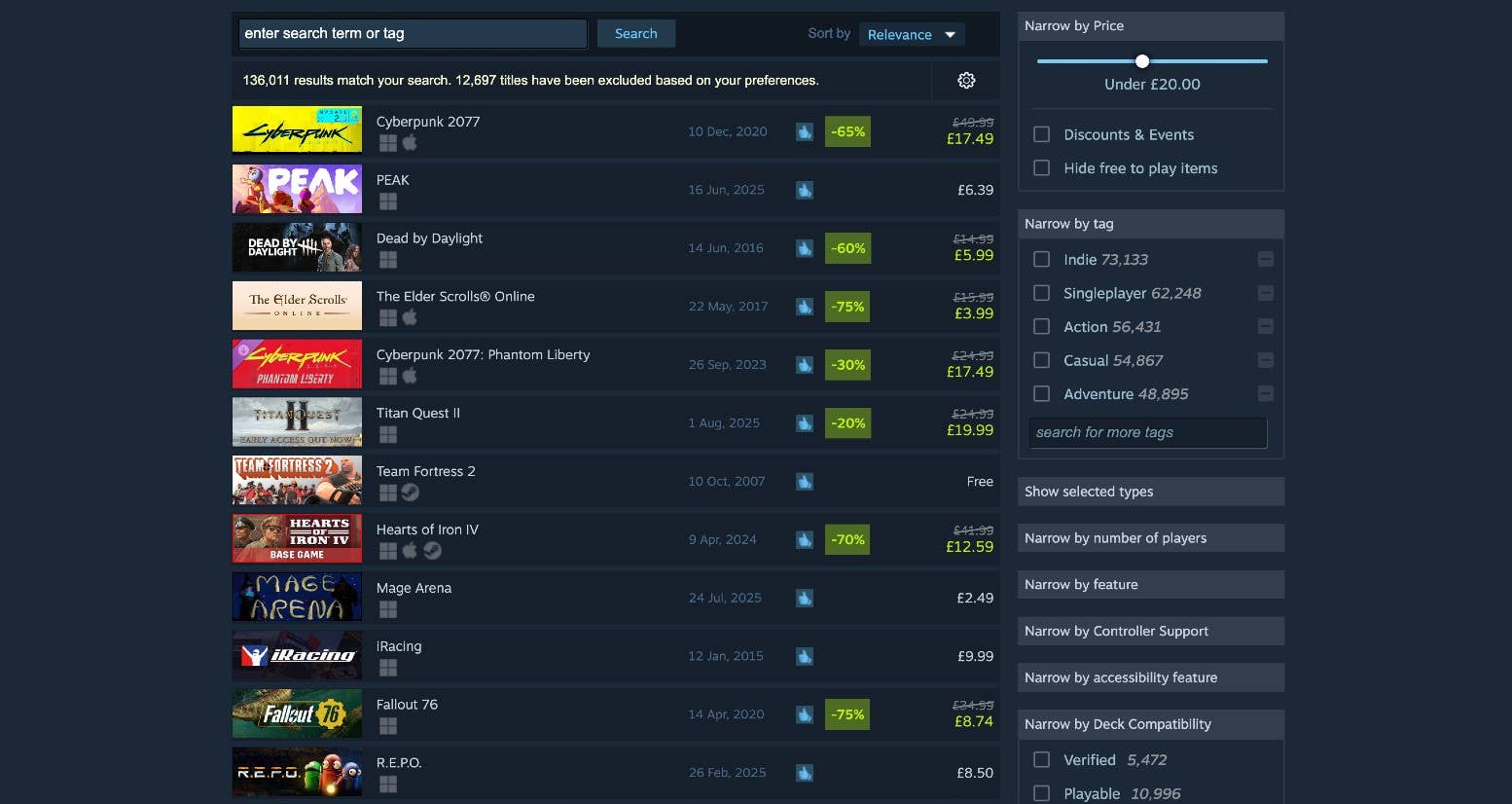
Tom Kaczmarczyk is CEO of games industry intelligence service IndieBI. He explains that Game Pass is having an impact on consumers’ perception of game prices, which in turn affects price strategy for publishers.
“When Game Pass first started it was largely confined to the core Xbox audience,” says Kaczmarczyk. “That is no longer the case. Game Pass has grown a lot, and it already breached containment a few years ago.
“It’s now popular enough on PC that you should plan around noticeable cannibalisation of your regular Steam sales if you’re launching into Game Pass. And don’t get me wrong – for most indie developers, the value offered by Microsoft is still going to be a great deal. It’s a substantial cash injection to de-risk production, it’s a huge audience to play the game, and it’s a meaningful potential to upsell DLCs or sequels further down the line.”
Live service and premium titles
Trust explains that changes in how premium games are monetised – particularly when they are live service titles – are altering how consumers consider the relative value of indie titles.
“AAA games are increasingly following a games as a service model, conditioning players to spend £80 to £100 every few months with the expectation of over 50 hours of online engagement,” she explains. “In contrast, indie game fans often allocate the same budget across six to 15 titles over an extended period, frequently waiting for sales unless they already trust the studio or enjoy the IP.”
That said, there is evidence suggesting long-term management of pricing can ameliorate some of those issues – particularly over the overall lifetime of a mid-budget title.
Kaczmarczyk says that IndieBI has seen “even outstandingly successful games improve their Steam revenues by over 50% even years after the original release just by optimising their discounting and pricing strategies.”
It’s recognition that, while the market may be slightly depressed and volatile now, the fundamentals of game pricing strategy remain vital.
Prices of titles are set – and continue to be set – by far more than just the price-tags of the top-end titles. While some price anchoring based on those AAA games will inevitably occur, gamers’ perception of a title’s value is set by a wider range of criteria.
“Even outstandingly successful games improve their Steam revenues by over 50% even years after the original release just by optimising their discounting and pricing strategies”
Tom Kaczmarczyk, IndieBI CEO
Bergman explains that, rather than seeing the overall pricing of games in the indie and mid-budget spaces increase in response to triple-A price increases, he expects the market to bifurcate. Speaking of triple-A titles like the Assassin’s Creed series, he says: “I see why that’s an $80 game, because the budget’s insane on it. They have to recoup that in some way, shape or form.
“But for us and for indie games, I think that gap, the ceiling and the floor, are both going in opposite directions. Games are going to get more expensive from a AAA standpoint, but I do think I see them getting less expensive from a double-A or from an indie standpoint.”
Ultimately, everything from wider economic pressure on consumers to a game’s genre impact pricing strategy.
While arguments and discussions around creeping upper prices aren’t going away any time soon, there is a lot of optimism about how indie- and mid-budget publishers can cater to value-hungry gamers – provided they move with the times and are agile around pricing.

